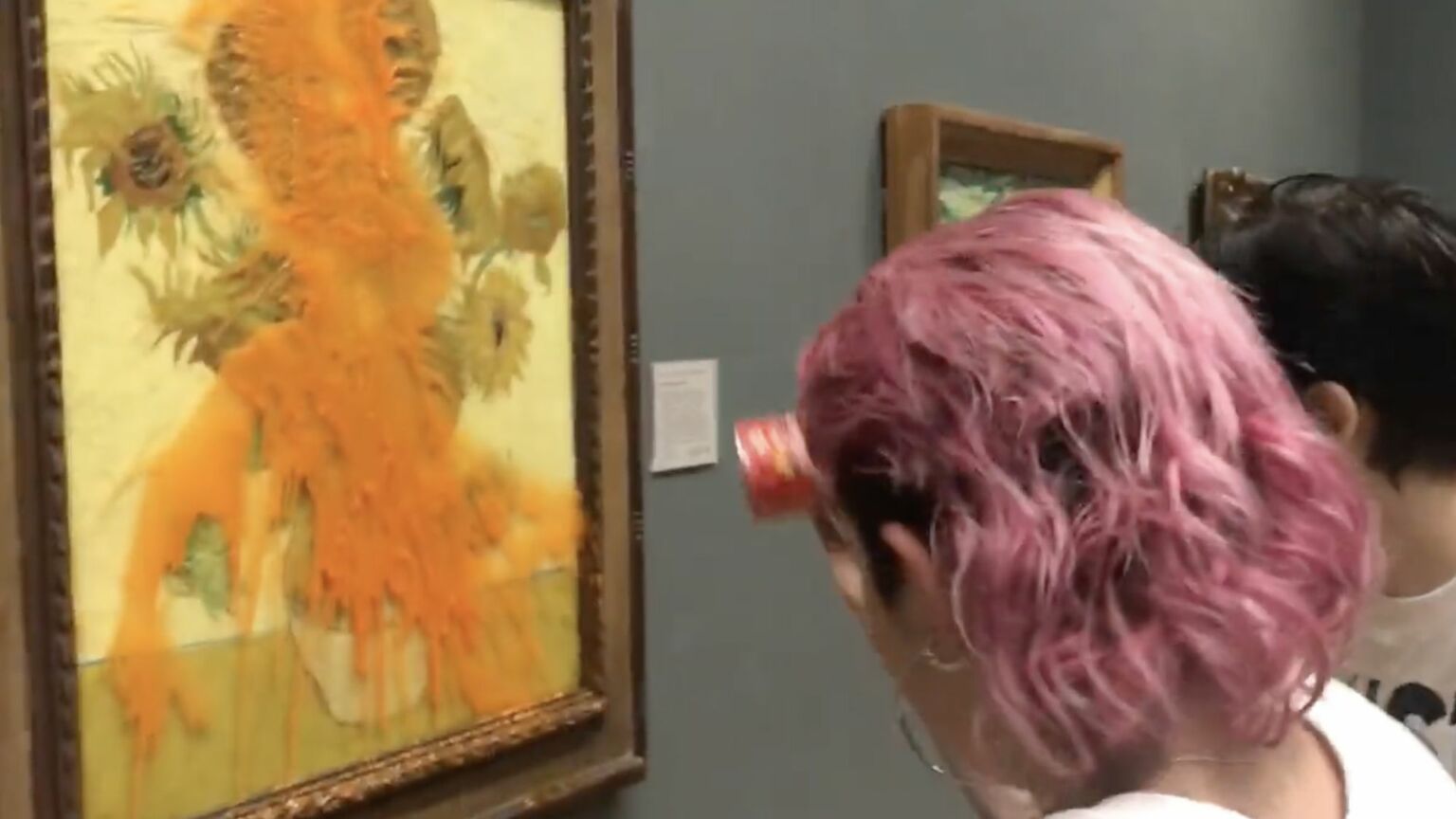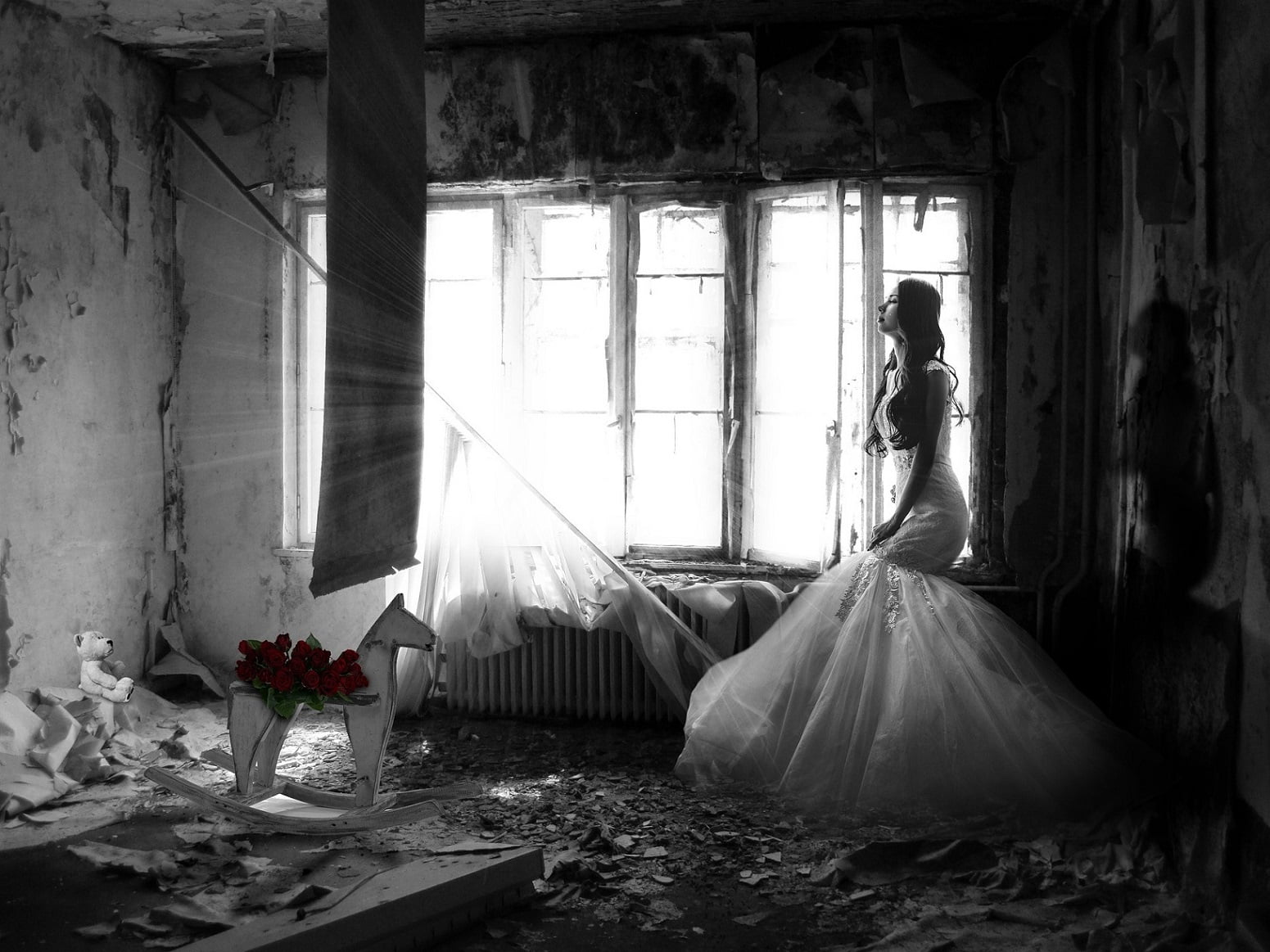Eco-Activism or Vandalism? The Underbelly of Good Intentions
Lately, a trend has arisen whereby climate change activists have sought to increase public attention to the cause by targeting museums around the world and defacing timeless, priceless pieces of art that memorialise society in its antiquity.
Whilst these activists have certainly drawn attention to climate change, they’ve also drawn criticisms for their methods.
The Climate Emergency Fund (‘CEF’) is an American based charitable organisation who declared in October 2022 that it is a month of “sustained, disruptive protest.”
The ‘Just Stop Oil’ group proclaims to be a “coalition of groups working together to ensure that the government commits to ending all new licenses and consents for the exploration, development and production of fossil fuels in the UK.” Just Stop Oil is also partially funded by the CEF.
To date, the Just Stop Oil campaign and its global affiliate networks have managed to cause a global stir having publicly and proudly acknowledged their coordination of:
- People gluing their heads to a glass overtop of Joannes Vermeer’s ‘Girl with a Pearl Earring’ painting and throwing cans of tomatoes at the famous circa 1665 piece housed in the Mauritshuis Museum in the Hague;
- Maple syrup being thrown at a 1934 Emily Carr landscape piece showcased in the Vancouver Art Gallery in Canada and, again, gluing themselves to the backdrop wall;
- Blue graffiti being drawn on pop-art sensation Andy Warhol’s ‘Campbell’s Soup’ can art displayed at the National Portrait Gallery in Canberra, Australia;
- Throwing buckets of mashed potatoes at one of the key figures of the impressionist movement and primary transformer of French painting, Claude Monet’s ‘Haystacks’ painting in the Barberini in Postdam Museum in Germany, and
- Dozens more acts of non-violent civil protest around the world.
Is Their Messaging Effective?
Underpinning all this is the motivation to raise public awareness to the ever-growing irreversible consequences of climate inaction and exposing big oil’s impacts on destruction of the environment and the urgency of required action.
The self-proclaimed message of Just Stop Oil, vocalised by an activist involved in an act against Vincent Van Gogh’s ‘Sunflowers’ piece at London’s National Gallery, has said “Since October, we have been engaging in disruptive acts all around London because right now what is missing to make this change is political will. So our action in particular was a media-grabbing action to get people talking, not just about what we did, but why we did it.”
This is all fantastic, right? In theory, yes. However, the methods these eco-activists have used have stoked dissenting reactions that have actually drawn attention away from climate change.

Museums Respond…
Directors of the Metropolitan Museum of Art, Guggenheim Museum in New York, National Gallery in London, Gallerie degli Uffizi in Italy, the Louvre in France, the Museo Nacional del Prado in Spain and nearly 100 other high-profile institutions have issued a joint statement in response to the civil protests saying:
“In recent weeks, there have been several attacks on works of art in international museum collections. The activists responsible for them severely underestimate the fragility of these irreplaceable objects, which must be preserved as part of our world cultural heritage.
Museums are places where people from a wide variety of backgrounds can engage in dialogues and which therefore enable social discourse… in this sense, the core tasks of the museum as an institution – collection, researching, sharing and preserving – are now more relevant than ever. We will continue to advocate for direct access to our cultural heritage and we will maintain the museum as a free space for social communication.”
The International Council of Museums (‘IOCM’) is a transnational organisation with national committee present in more than 100 countries. In response to Just Stop Oil campaigns, the ICOM issued a quite diplomatic and empathetic response statement stating that they “acknowledge and share both the concerns expressed by museums regarding the safety of collections and the concerns of climate activities as we face an environmental catastrophe that threatens life on Earth.”
Frustrated national committees of the IOCM, such as the German National Committee however, stated their museum directors were increasingly “frustrated” and “deeply shaken” by the endangerment of the art.
While none of the targeted acts have yet resulted in permanent damage to any piece, it has created threats to the physical security of these buildings and raised concerns that these types of methods may escalate to actual destructive forms of protest against invaluable art.
Activists Themselves Paying the Price…
Since time immemorial, eco-activists and activists in general have paid various forms of personal price for the benefit of furthering a cause due to disgruntled governments, political groups and large corporations. However, this type of campaign intentionally promotes and sets activists up to break laws and social customs.
Activists connected to this movement are encouraged to engage in acts that are public nuisances, trespassing on statutorily protected buildings, damaging to private and public property and exposing themselves to civil liability for compensation, restitution or criminal fines.
The two activists who glued their heads to Vermeer’s piece at the Hauge were both arrested and each received four-month imprisonment terms since.
The other two activists behind the mashed potato stunt against Monet’s ‘Haysticks’ were also arrested and hauled to jail, the same fate destined for other activists during the month of October connected to the Just Stop Oil campaigns.
While Those on the Ground Are Being Arrested, Who is Behind the Scenes Financing?
Other concerns surrounding these activities is also directed to the bodies and mechanisms enabling these campaigns to be funded.
The CEF is registered in Delaware, making in exempt from federal income tax. The CEF was founded by Aileen Getty, oil tycoon John Paul Getty’s granddaughter, whose entire family estate is estimated to be worth nearly EUR$4 billion.
On the face of it seems admirable that an individual who directly benefits from big oil is actually going out on a limb against it. However, the tax exempt status of these charities also means that there are other direct tax benefits and off-sets to the individual billionaires, other tax-exempt charities and international corporations funnelling money into these entities.
An affiliate group to Just Stop Oil, Extinction Rebellion, has an impressive list of donors including organisations such as the Children’s Investment Fund Foundation and Lush Cosmetics. There are express prohibitions on charities to engage in political lobbying however, for whatever reason, regulators of charitable bodies haven’t yet been reported to have taken any action into these self-evident examples of charitable organisations directly funding political campaigns.
The murkiness of where the lines are drawn in this regard casts further public shadows over whether Just Stop Oil and its affiliates intentions are genuine or whether their management and coordination has just veered off the course.
What’s Worth More, Life or Art?
The sticking point to these campaigns is to attack valuable art pieces to shake the public out of their inertia (and perhaps naïve ignorance) to actually do something about the dire consequences of climate change, now, by begging the question ‘what is more valuable, life or art?’
This is a whole other debate in of itself, some may say life is art and art preserves life.
While the good intentions of these eco-activists are acknowledged, if we also accept the above notion, then could there be a better way to express the climate change message in a manner more consistent with overarching themes of conservation, protection and rehabilitation instead of risking the freedoms of the fighters themselves and destroying one of the mediums that gives meaning to human existence?
Sources
- https://www.theartnewspaper.com/2022/10/21/getty-oil-heiress-funds-climate-crisis-activism-just-stop-oil
- https://www.climateemergencyfund.orghttps://whynow.co.uk/read/who-is-funding-just-stop-oil-the-billionaires-backing-the-art-vandals
- https://news.artnet.com/art-world/here-is-every-artwork-attacked-by-climate-activists-this-year-from-the-mona-lisa-to-girl-with-a-pearl-earring-2200804
- https://www.theguardian.com/artanddesign/2022/nov/11/climate-activists-attacking-art-severely-underestimate-fragility-of-works-gallery-directors-warn
- https://theconversation.com/eco-activist-attacks-on-museum-artwork-ask-us-to-figure-out-what-we-value-193575
- https://www.theguardian.com/environment/2022/oct/14/just-stop-oil-activists-throw-soup-at-van-goghs-sunflowers






Comment: I mean, sure, saving the planet is important, but cant we find a less destructive way to do it? #EcoActivismOrVandalism
Personally, I think eco-activism can be effective, but vandalism? Thats a slippery slope.
Sometimes I wonder if eco-activists are just bored and looking for trouble. 🤷♀️
Actually, eco-activists are driven by a genuine concern for the environment, unlike those who choose to turn a blind eye. Its easy to dismiss their efforts as boredom, but maybe its time we all start taking responsibility for the planet we live on. 🌍
Who knew saving the planet could be so controversial? I say let the eco-activists do their thing!
Saving the planet is important, but blindly following eco-activists isnt the solution. Its about finding a balance between their ideas and practicality. We need to question their methods instead of blindly supporting them.
Who needs museums anyway? Eco-activists are fighting for a bigger cause!
Museums are essential for preserving our cultural heritage and educating future generations. While eco-activism is important, dismissing museums as unnecessary undermines the value of art, history, and knowledge. Both causes can coexist and contribute to a better world.
Honestly, I think eco-activism is just a fancy term for vandalism. #JustMyTwoCents
I understand that you may have reservations about eco-activism, but its important to recognize the difference between vandalism and advocating for environmental change. Activists strive to protect our planet for future generations, not just for the sake of destruction. Lets engage in constructive dialogue instead of dismissing their efforts.
Comment:
Hey folks, just read this article on Eco-Activism or Vandalism? and Im torn. On one hand, I get their good intentions, but is destruction really the answer? 🤔
Who needs museums when we have eco-activists spray painting walls? #ArtForACause
Its not about perspective, its about taking responsibility for our planet. Eco-activism is essential to combat the destruction of our environment. Vandalism is destructive, eco-activism is constructive. So lets support those fighting for a better future instead of trivializing their efforts.